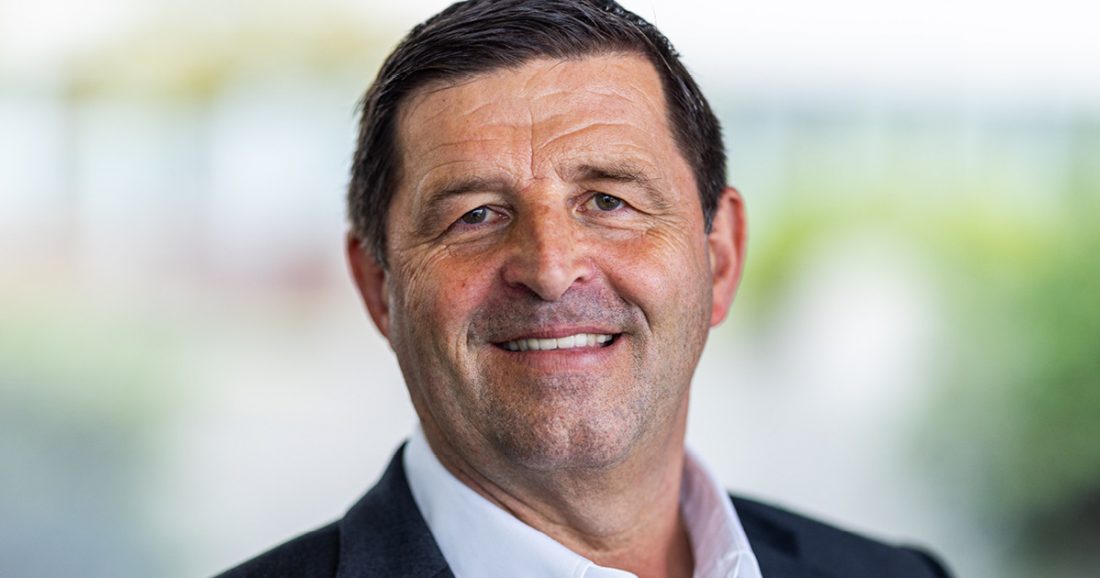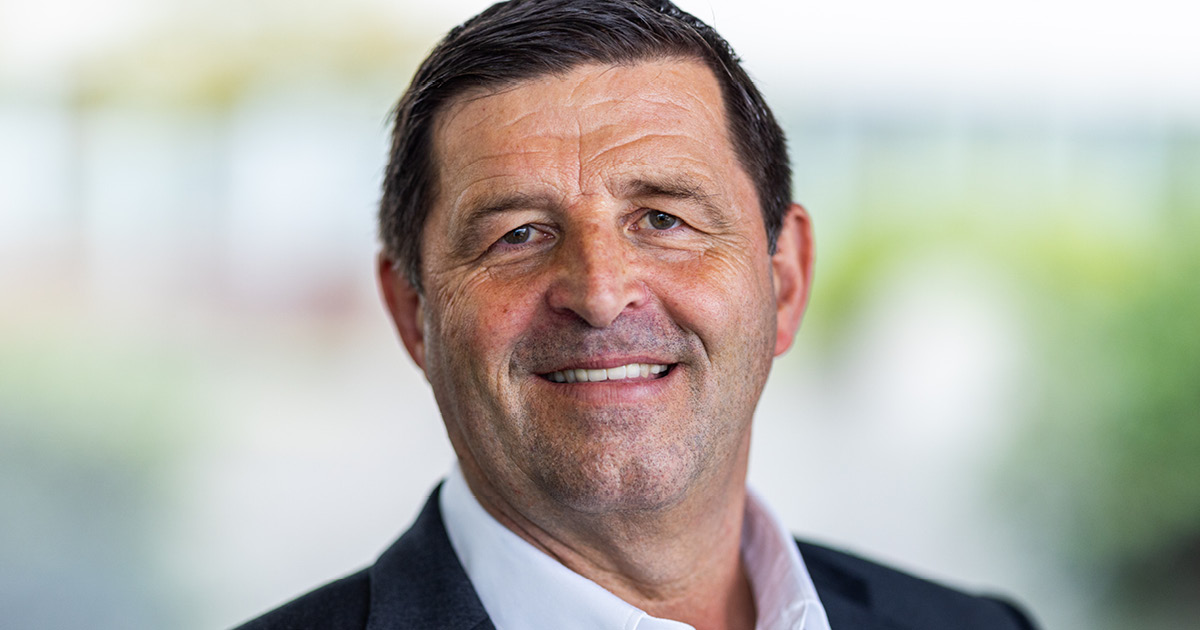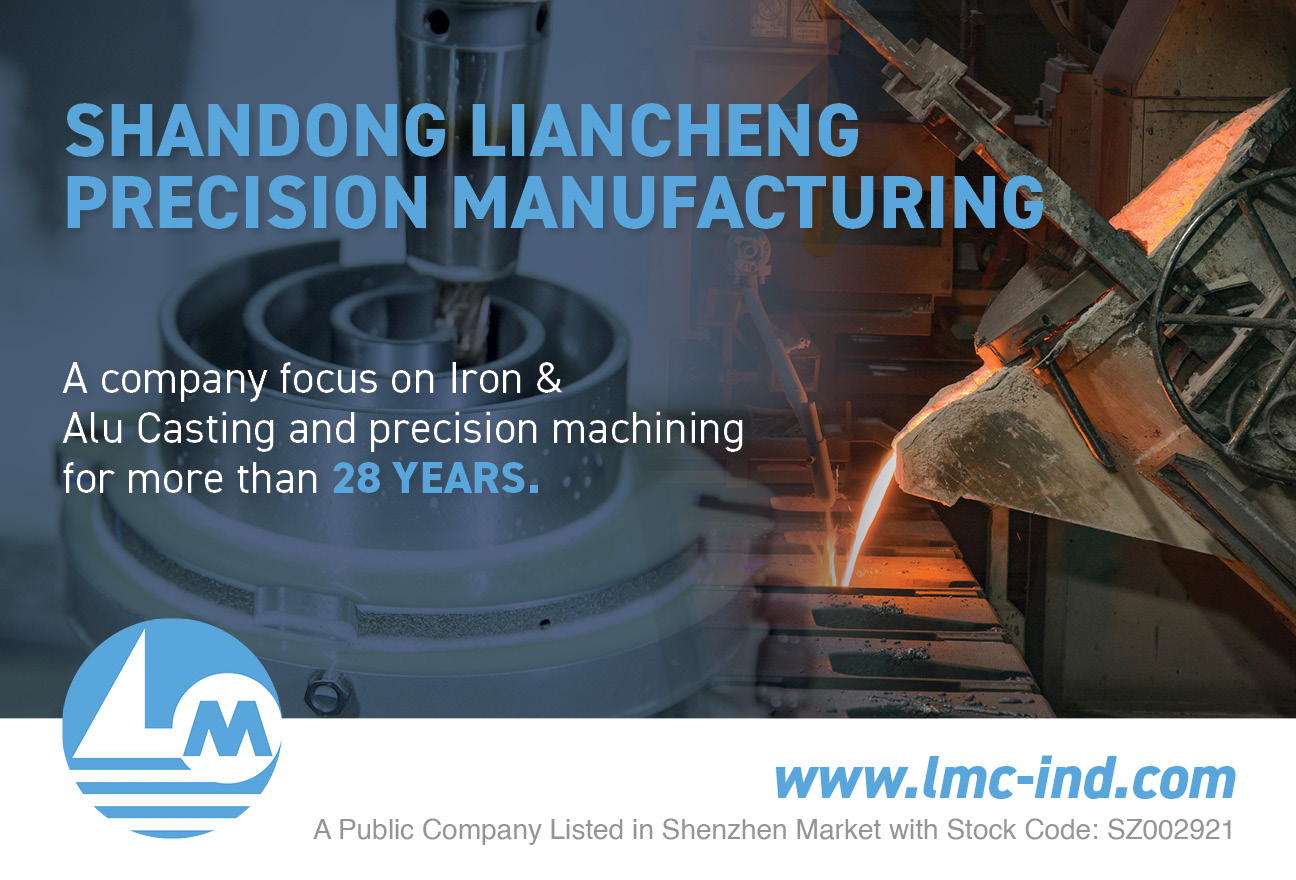Danfoss has ambitious goals. As one of the world’s leading suppliers of energy-efficient solutions, the Denmark-based multinational aims to be carbon-neutral across all company operations by 2030.
One of the key players heading these efforts is Jürgen Fischer, President of Danfoss’ Climate Solutions. Having joined the company in 2008, Fischer was on the hunt for a company whose missions and values were in line with his own.
“I always wanted to work for a company whose DNA matched mine; where the things that are important to me are aligned,” Fischer says. “Danfoss is that.”
Danfoss’ sustainable aspirations began long before sustainability became mainstream – something that really appealed to him.
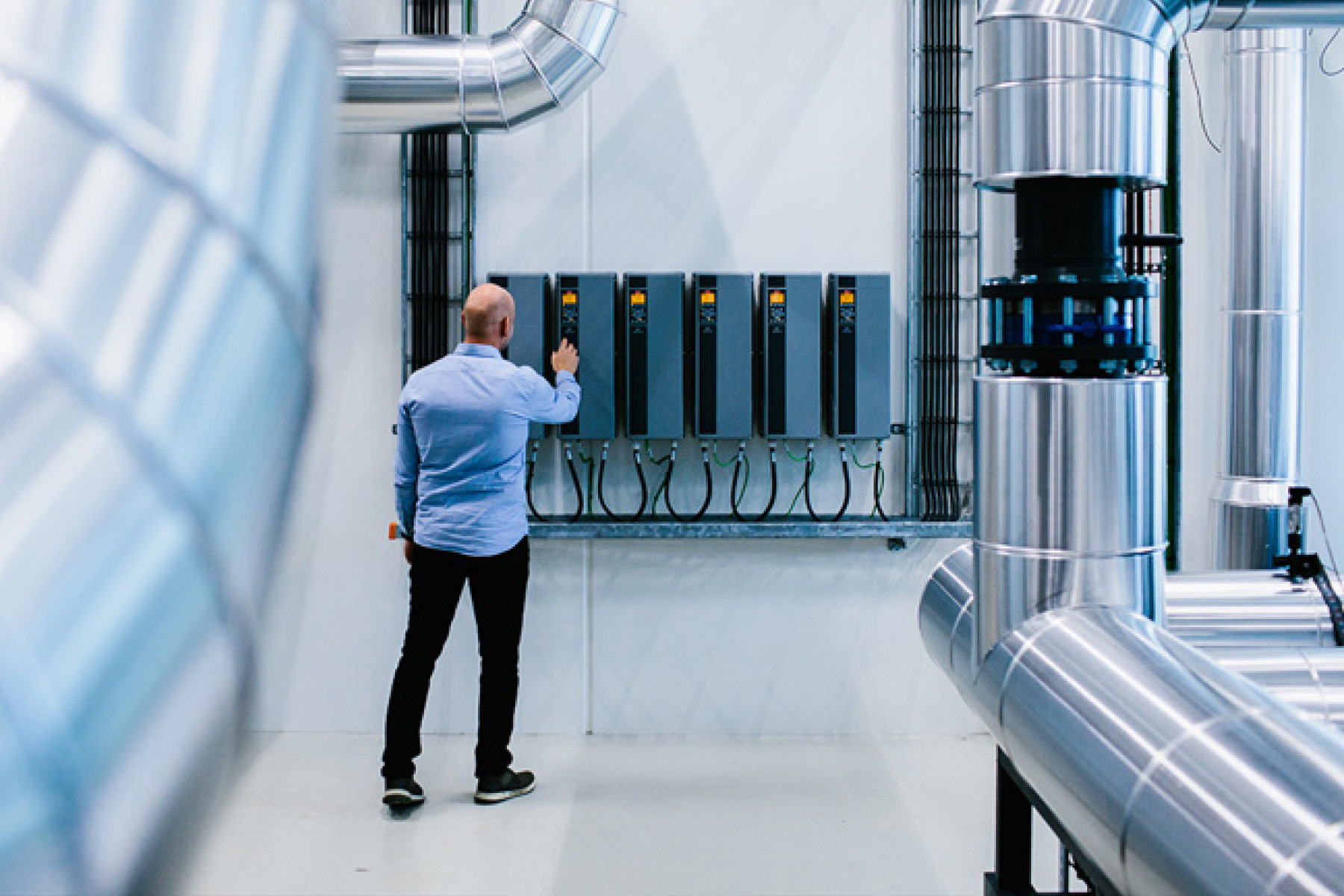
“I always wanted to work for a company whose DNA matched mine; where the things that are important to me are aligned.”
“We were already reporting water and energy consumption for years before 2008,” Fischer explains to The CEO Magazine. “That inspired me because we were doing this before it was a common thing to do.”
Sustainability and environmental mindfulness have always been top of mind at Danfoss.
When the company was founded in 1933 by Mads Clausen, it was built upon the development of a thermostatic expansion valve. Essentially, this meant an improvement upon existing technology to make refrigeration systems more efficient. A new invention a few years later was the world’s first radiator thermostat, allowing users to better control heating in the home.
In collaboration with
Gealan
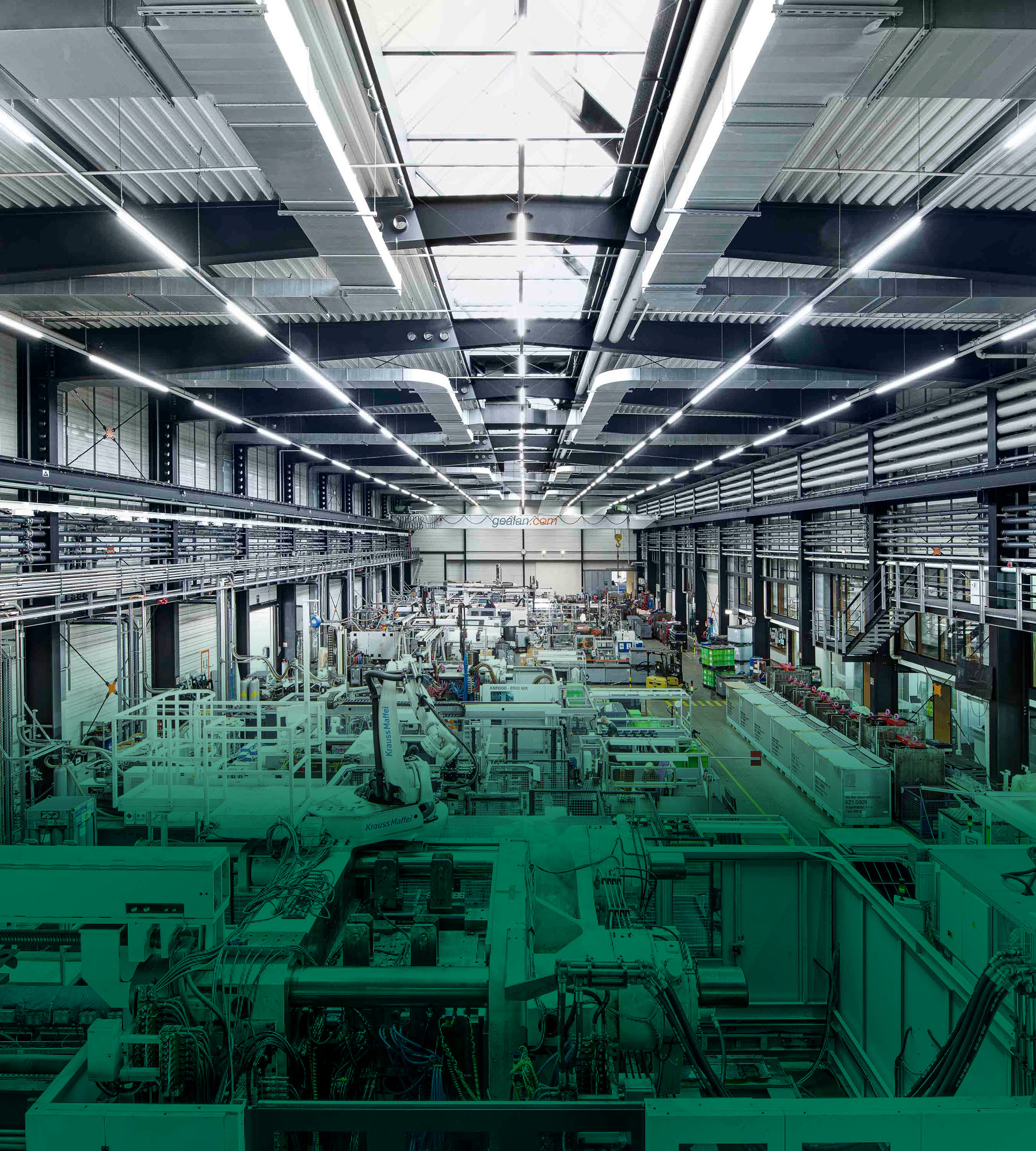
“Mads found out that radiators at that point in time only had open-close,” he explains. “This means you’re heating when you’re not there, you’re heating when you don’t need to heat, and then, if it’s getting too hot, you open the window.”
To a large extent, he continues, this is still the case in many different regions around the world, from China to Europe, whenever awareness about the cost of heating and emissions is lacking.
This idea of creating efficiencies and improving existing technologies is still very much a part of Danfoss’ remit. Today, one of the company’s main focuses is more specifically on energy efficiency, moving the world toward greener energy sources and reducing waste. But this does not just involve reducing waste in terms of pollution; it’s also about reducing waste in terms of energy losses.
Creating Efficiencies
All over the world, industries, cities and the infrastructure required are using more energy than they need, which is pushing the global community off track to meet the climate goals set out by the Paris Agreement. In line with the climate accords, Danfoss remains committed to keeping global warming below 1.5 degrees Celsius.
Meeting these targets doesn’t require the development of more technologies; instead, according to the International Energy Agency, we can meet up to 40 percent of these climate goals simply by being more energy efficient.
For example, the excess heat produced at data centers and the freezers in supermarkets could be used to heat our homes, if captured and redirected appropriately.
“Everything we are doing in Danfoss is about energy efficiency, heat recovery and emission reduction. That’s what drives us,” Fischer says.
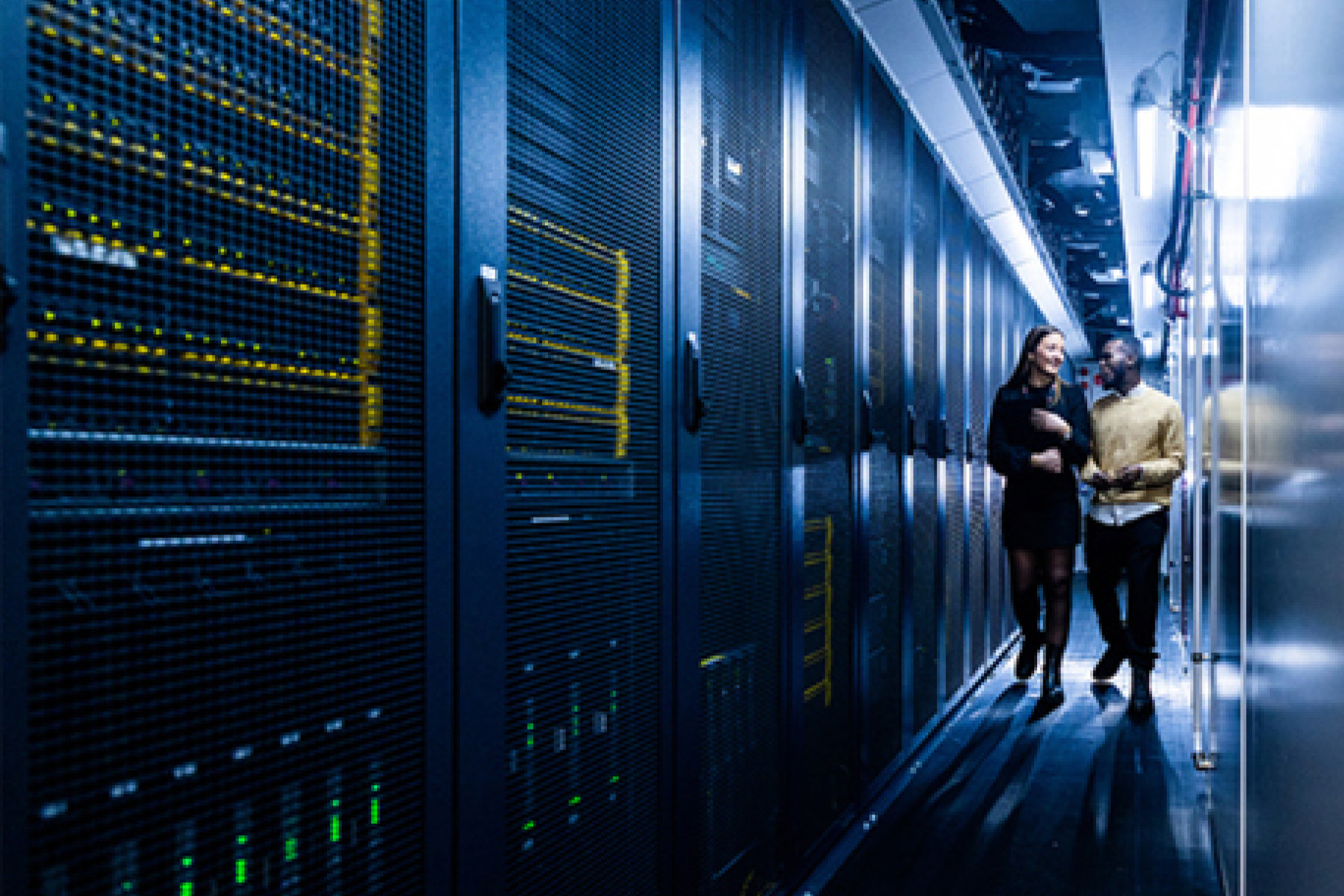
“Everything we are doing in Danfoss is about energy efficiency and emission reduction.”
He notes that energy efficiency is the quickest and most affordable way to decarbonize the economy, ensuring a reliable and sustainable future for everyone.
“We help our customers decarbonize,” he says with a smile. “That’s my tagline.”
Yet living in a decarbonized world doesn’t mean we have to stop everything, he continues.
“We don’t stop developing, having fun, enjoying life, and so on,” he acknowledges. “But there is so much we can do today that we’re not doing. That’s what I’m focusing on.”
Sports are an area where there is room to become more sustainable, for example. Sports halls expel hot air through their roofs, when they could instead collect it and pump it back into heating the rest of the building, its sanitary water or the whole city.
In fact, Fischer explains that we should be collecting heat wherever possible. A good example of this in action is a salmon fish farm Danfoss has worked with in Norway.
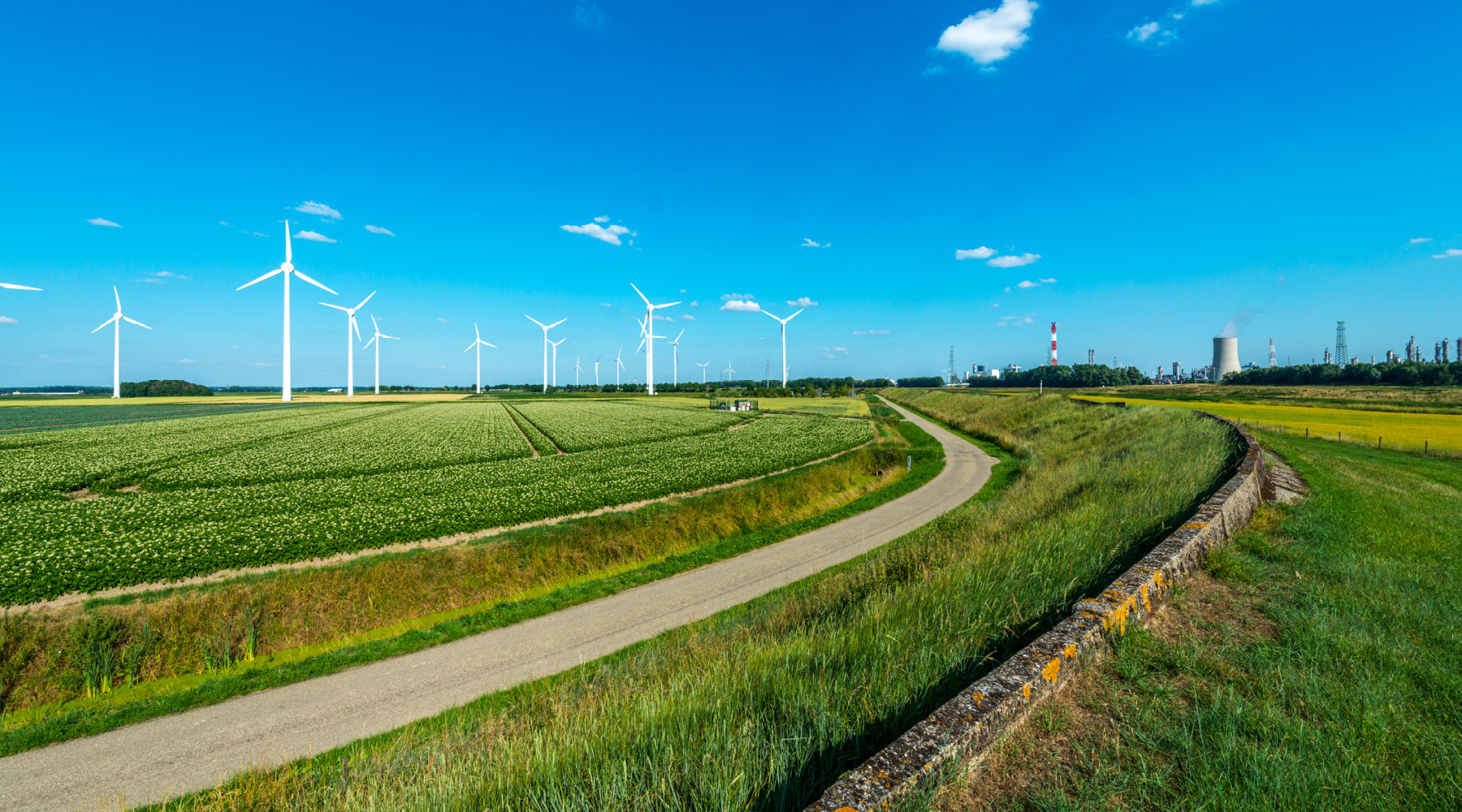
“Everybody can do his or her part to contribute to reducing our emissions, to keep our world, the planet, alive and still have a good business.”
“Salmon needs approximately 20 degrees to grow the fastest and best,” he explains. “Next door to the farm, a data center has been established, so we’re using the waste heat from the data center to increase the water temperature of the seawater to the required 20 degrees.”
For Fischer, this is just one example of building smart efficiencies.
“There are many things you can combine,” he enthuses. “We have so many visions. For me, it’s super important that people understand that everybody can do his or her part to contribute to reducing our emissions, to keep our world, the planet, alive and still have a good business – a growing business, without eating up our resources.”
“For me, that’s something where Danfoss plays an absolutely vital and important role.”
People Power
The interconnectedness between responsible resource use and consistent business growth is something that Fischer also sees clearly, and a big part of that is developing Danfoss’ internal talent.
“You need good people,” he explains. “I believe very much in diversity. Not only in terms of gender – though that is a focus area, especially in our industry – but also diversity in age, origin and so on. That’s very important to us.”
For Danfoss, success extends beyond financial metrics; it encompasses the development of individuals, with a strong emphasis on soft skills and leadership.
“If you’re only good at the numbers and not in leadership, we don’t count that as a success. Then you’re only optimizing part of your role, and that won’t lead to success,” he emphasizes.
“We often ask the question, ‘How many people have you developed in the last year? How many people have you prepared for another challenge?’ This is how we are at Danfoss.”
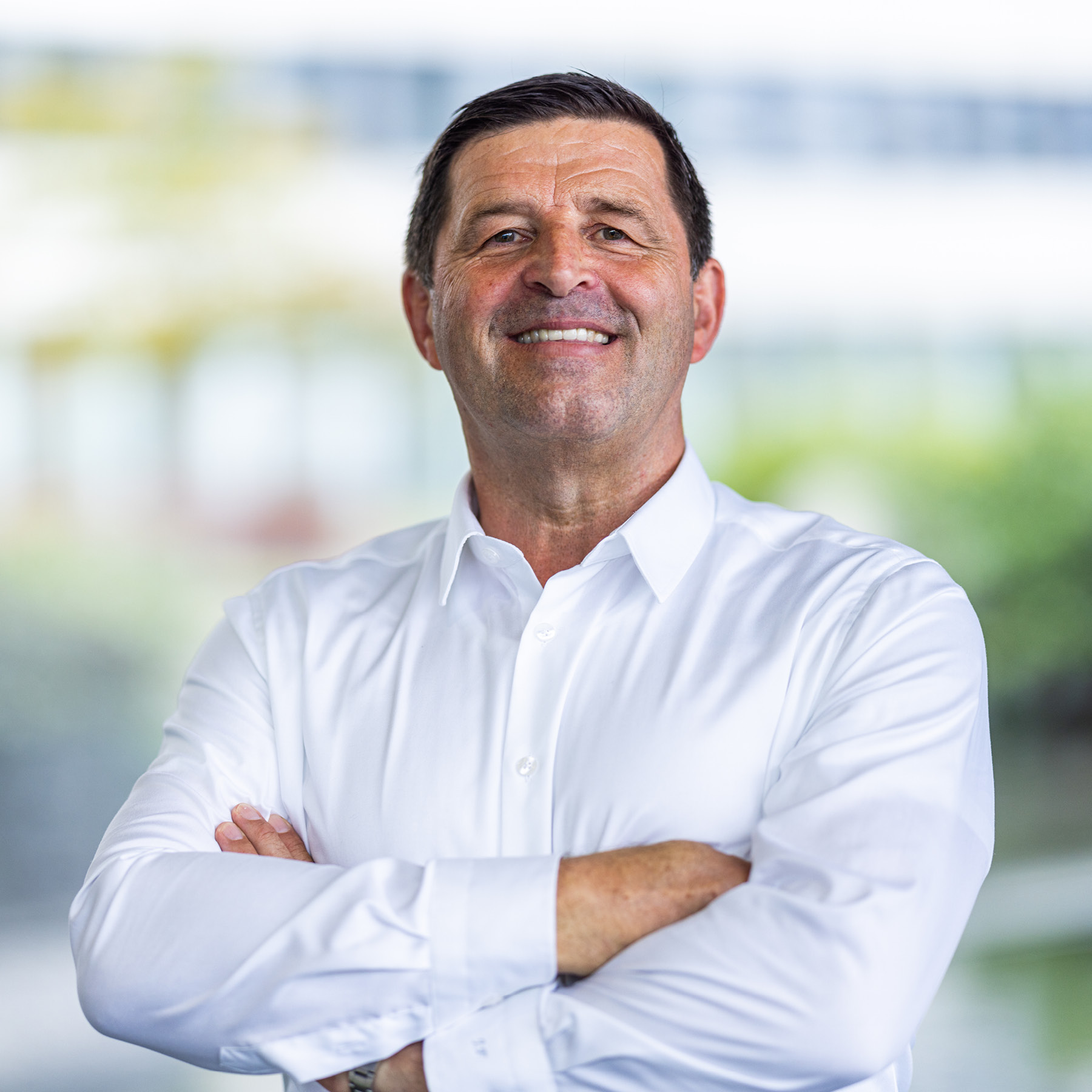
“If there’s one thing that I want to emphasize, it’s that decarbonization can be done today.”
This philosophy extends beyond Danfoss’ employees to its suppliers, which are companies with similar values and drives, such as precision machine parts manufacturer Shandong Liancheng Precision Manufacturing and technical plastic parts manufacturer GEALAN Formteile.
“We’re even helping our suppliers to decarbonize,” he smiles. “If there’s one thing that I want to emphasize, it’s that decarbonization can be done today, and it will pay off financially as well,” he says.
He notes that none of the investments the company has made to decarbonize its own premises, headquarters or factories have taken longer than three years to be paid back.
But, while the financial wellbeing of business is important, behind all this work is a much simpler drive: to leave the world a better place than he found it.
“I think we have the luxury of merging what we privately want to achieve in sustainability for our children and our grandchildren,” he says. “I have a one-year-old grandchild. When you have that, you focus more because you also want the world to be a good place to live 50 years from now.”
Part Danish, Part German
From the backyard business Mads Clausen founded in a farmhouse in Nordborg, a small town near the German border in southern Denmark, in 1933, to a global company with more than 42,000 employees and 97 factories in more than 20 countries, the Danfoss story is a sweeping success. But the company hasn’t outgrown its roots and remains headquartered in Nordborg, a fact that leaves an imprint on its make-up today, says German-based Fischer.
“It’s important to understand that there is a German minority in Southern Denmark and there is a Danish minority in the north of Germany, so borders do not really exist there from a societal point of view, and that is also shown in who is working at Danfoss,” he says.

